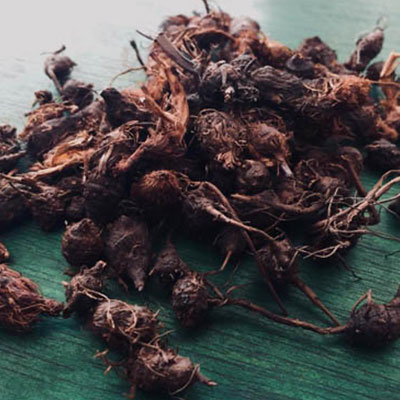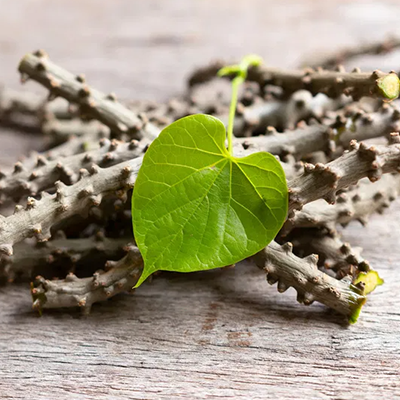- +033 2572 7171
- info@dhanvantary.com

4.5 Rating | 4500 Review

4.5 Rating | 4500 Review
Hyperthermia is a condition in which the body overheats due to an inability to regulate its temperature effectively. Normally, the human body maintains a stable internal temperature around 98.6°F (37°C) through mechanisms like sweating, breathing, and blood circulation. In hyperthermia, these mechanisms fail, causing the body temperature to rise dangerously above normal levels. If untreated, it can lead to severe complications, including organ failure and even death.

Hyperthermia typically occurs when external factors such as high environmental temperatures or intense physical exertion overwhelm the body's cooling system. It differs from fever, where the body intentionally raises its temperature as part of the immune response to an infection.
The body is exposed to high temperatures, or it generates excess heat (e.g., during exercise). This overwhelms heat dissipation mechanisms. Initially, the body tries to cool itself by sweating, which evaporates and removes heat. However, in high humidity, sweat cannot evaporate efficiently. Excessive sweating leads to fluid and electrolyte loss, impairing the body's ability to cool itself causing dehydration. As blood volume decreases, less blood circulates to the skin for cooling. Muscle cramps, fatigue, nausea, and dizziness occur as a result of fluid and electrolyte imbalances. Blood vessels dilate (expand), causing a drop in blood pressure, which may lead to fainting.
Core Temperature Rises above 104°F (40°C): This is life-threatening.
Ayurveda categorizes hyperthermia under "Pitta Prakopa" (aggravation of the Pitta dosha), as Pitta governs body heat and metabolism. Excessive heat in the environment or body triggers an imbalance in Pitta, leading to symptoms akin to hyperthermia. This condition can be related to "Agnimandya" (digestive fire disturbance) and "Santapa" (overheating and exhaustion).
Ayurvedic treatment focuses on pacifying aggravated Pitta, restoring fluid balance, and cooling the body. This involves internal medicines, external therapies, dietary modifications, and lifestyle practices.

A traditional drink made from six cooling herbs like Musta (Nutgrass) and Parpataka (Fumaria indica).

A cooling mineral-based Ayurvedic formulation.

Known for its Pitta-pacifying and rejuvenating properties.
Hyperthermia is a serious condition that requires prompt attention to prevent life-threatening complications. From an Ayurvedic perspective, it is managed by balancing the Pitta dosha, using cooling therapies, hydrating remedies, and dietary adjustments. This holistic approach not only treats the condition but also strengthens the body's resilience to heat stress.
